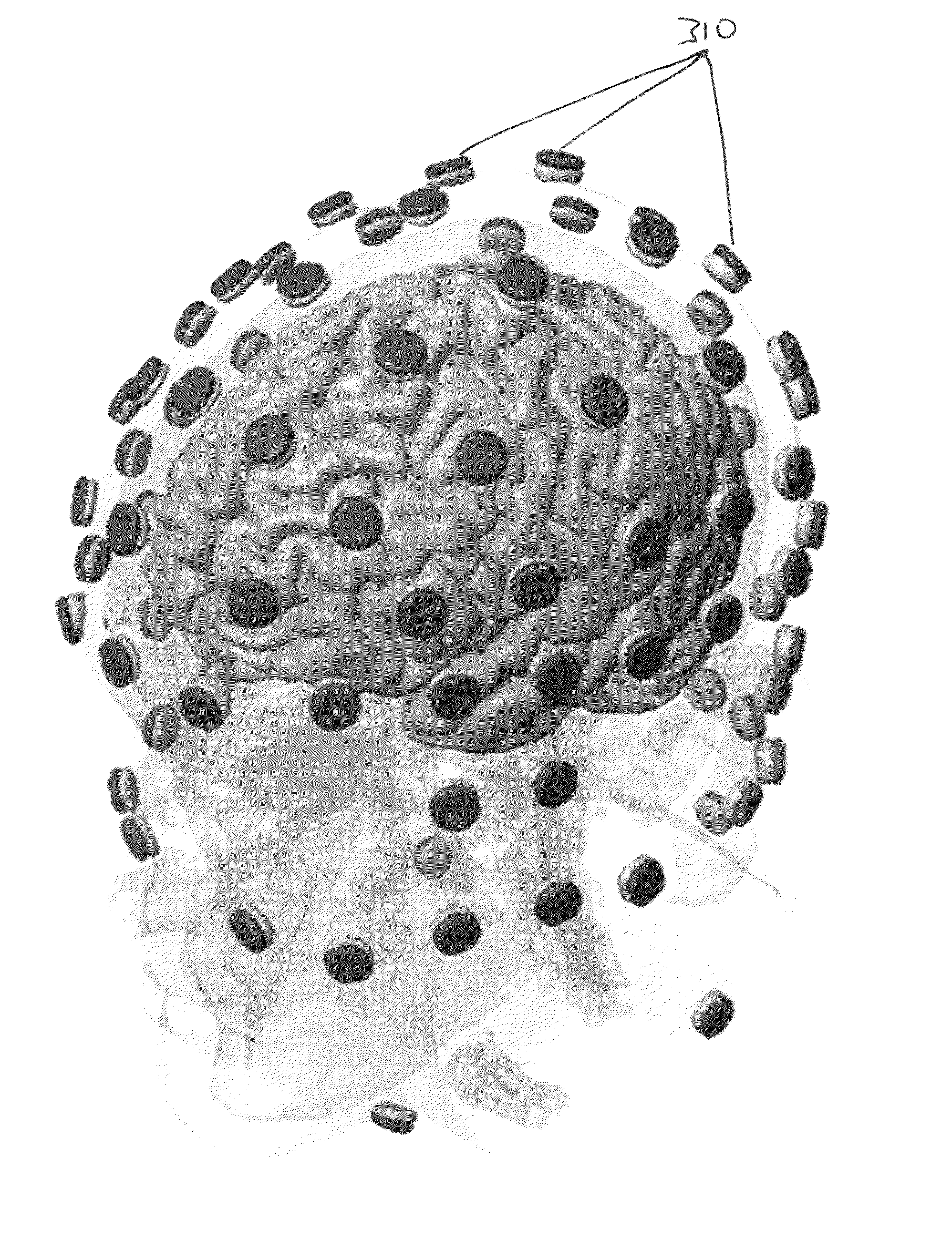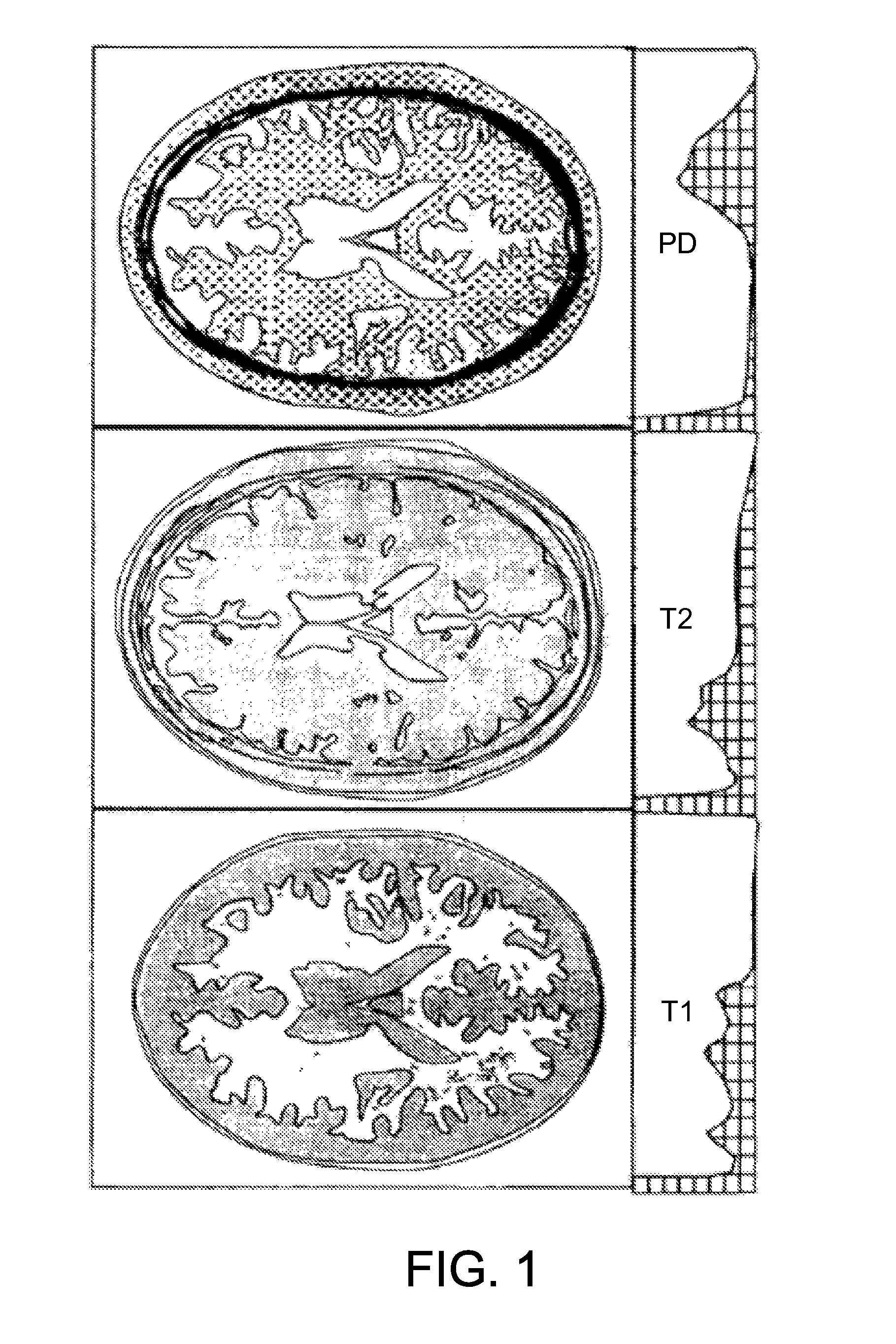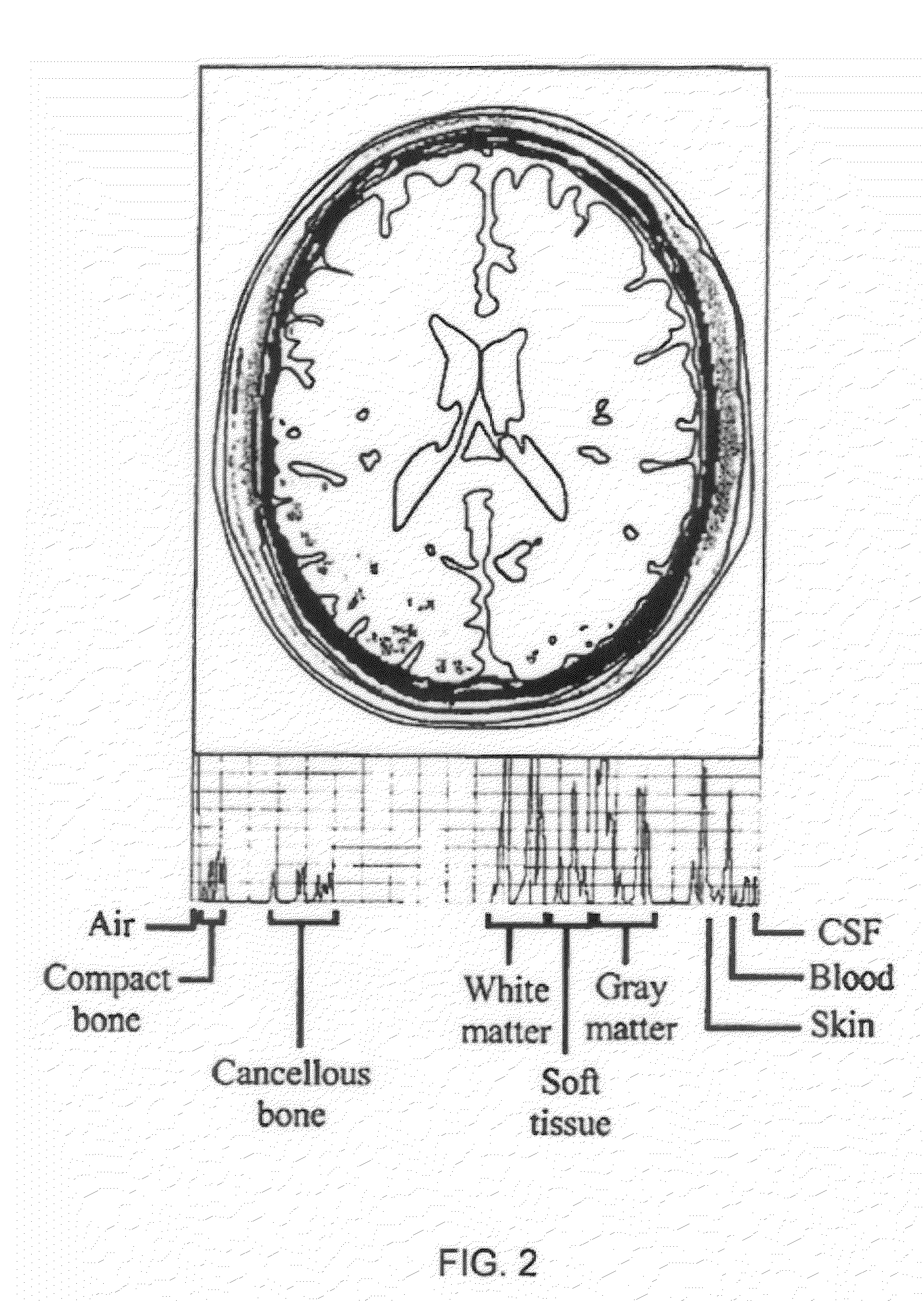Neurocranial electrostimulation models, systems, devices, and methods
a neurocranial and electrostimulation technology, applied in healthcare informatics, instruments, therapy, etc., can solve the problems of modifying treatment methods using current methods that require costly and time-consuming computations, and achieve the effects of reducing stimulation artifacts, reducing the volume of influence during stimulation, and preventing tissue damage or cognitive side effects
- Summary
- Abstract
- Description
- Claims
- Application Information
AI Technical Summary
Benefits of technology
Problems solved by technology
Method used
Image
Examples
examples
[0149]It has been found that the optimal solution of electrode location and current density varies non-trivially with the desired orientation and criterion. To illustrate the strong dependence of the optimal currents on the desired orientation, we select a target located on a gyms on the posterior side of the central sulcus, and then compute the optimal solutions in both radial and tangential directions, as shown in FIGS. 9a and 9b.
[0150]Both focality and intensity are optimized yielding four total solutions, illustrated in FIGS. 9c-f. The current distributions are displayed using a modified version of the EEGLABS topoplot function which renders the applied scalp currents in (EEG analysis, the values typically represent recorded electric potentials) in two dimensions using the conventional schematic for the 10 / 10 international system. Each electrode is represented with a circle and grey scale shading indicating the amount of current injected into that electrode (in units of mA). Th...
PUM
 Login to View More
Login to View More Abstract
Description
Claims
Application Information
 Login to View More
Login to View More - R&D
- Intellectual Property
- Life Sciences
- Materials
- Tech Scout
- Unparalleled Data Quality
- Higher Quality Content
- 60% Fewer Hallucinations
Browse by: Latest US Patents, China's latest patents, Technical Efficacy Thesaurus, Application Domain, Technology Topic, Popular Technical Reports.
© 2025 PatSnap. All rights reserved.Legal|Privacy policy|Modern Slavery Act Transparency Statement|Sitemap|About US| Contact US: help@patsnap.com



